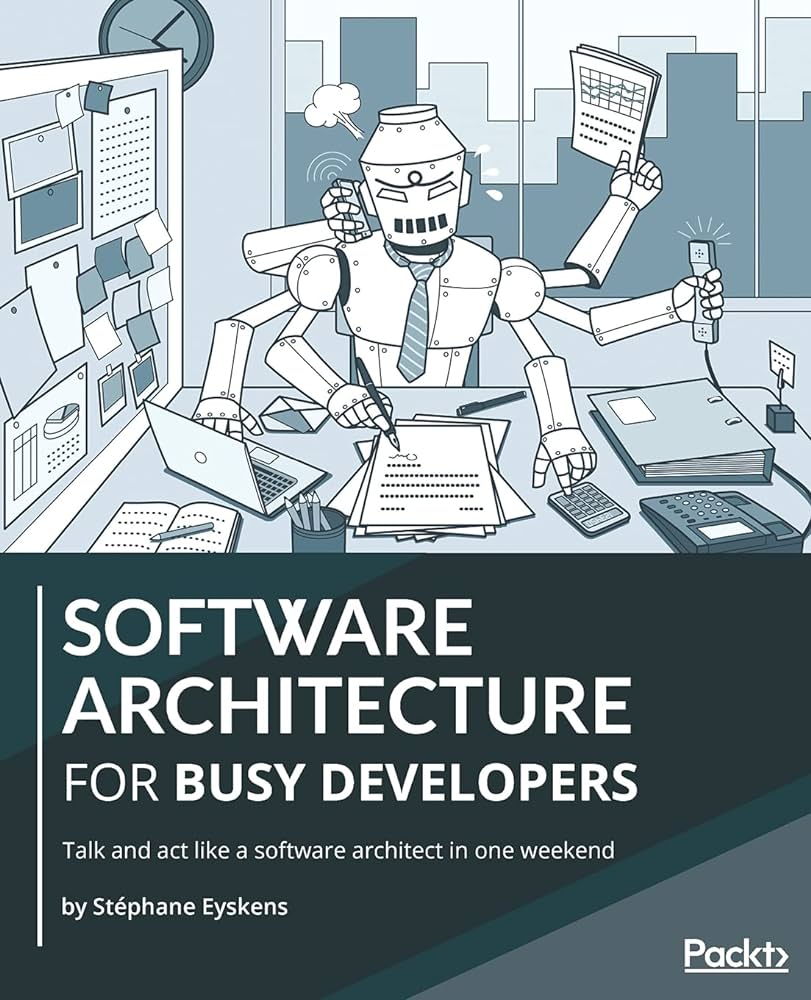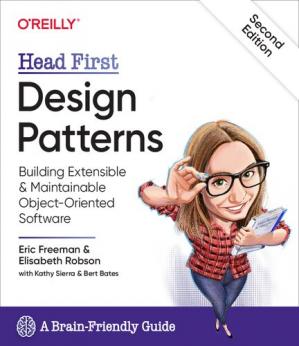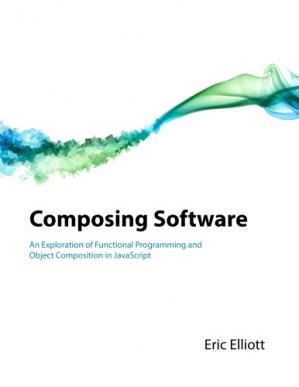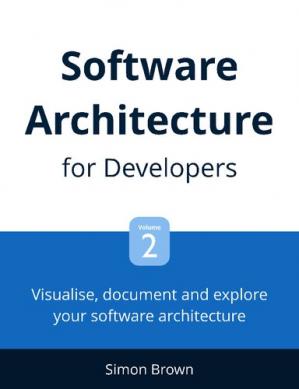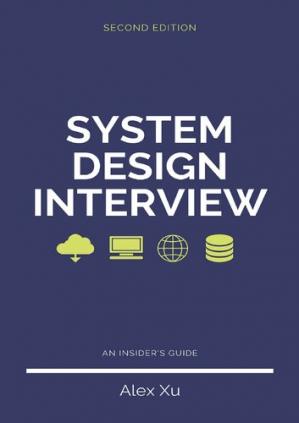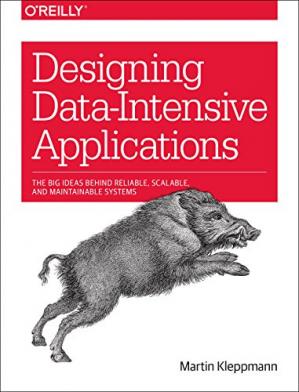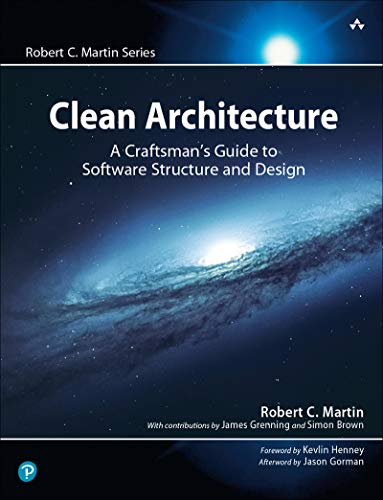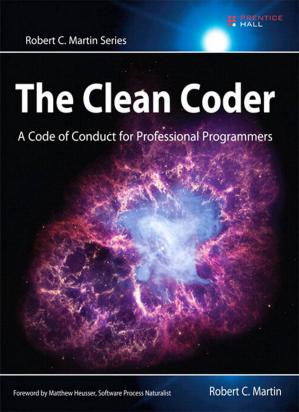System design interviews assess a candidate’s ability to design scalable and efficient software systems. While the content and format of system design interviews can vary, here are some important learnings and insights often covered in these interviews:
Scalability: Candidates should demonstrate an understanding of designing systems that can handle increasing loads and scale horizontally or vertically as needed. This involves discussing techniques like load balancing, caching, and sharding.
Reliability: Candidates should consider fault tolerance and system resilience. This may involve discussing concepts like redundancy, replication, monitoring, and failure recovery mechanisms.
Data Storage and Processing: Candidates should discuss the selection and design of appropriate data storage and processing systems based on the requirements of the application. This can involve databases, distributed file systems, message queues, and stream processing frameworks.
Distributed Systems: Candidates should understand the challenges and principles behind designing distributed systems, including communication protocols, distributed consensus, and handling network partitions.
Performance Optimization: Candidates should be able to identify and address potential performance bottlenecks in a system. This may involve discussing techniques like database indexing, query optimization, and efficient algorithms.
API Design: Candidates should consider the design and architecture of APIs, focusing on clarity, consistency, and ease of use for clients.
Trade-offs: Candidates should be able to analyze and discuss trade-offs between different design choices. This includes considering factors such as performance, scalability, reliability, development time, and cost.
Communication and Problem Solving: Candidates should effectively communicate their thought process, ask clarifying questions, and break down complex problems into manageable components. The ability to think critically and solve problems collaboratively is crucial.
It’s important to note that the specific content and focus of system design interviews may vary depending on the company and the position for which you’re interviewing. It’s always a good idea to prepare by studying distributed systems concepts, scalability patterns, and real-world system design examples. Additionally, practicing by solving system design problems and participating in mock interviews can help refine your skills for these types of interviews.
